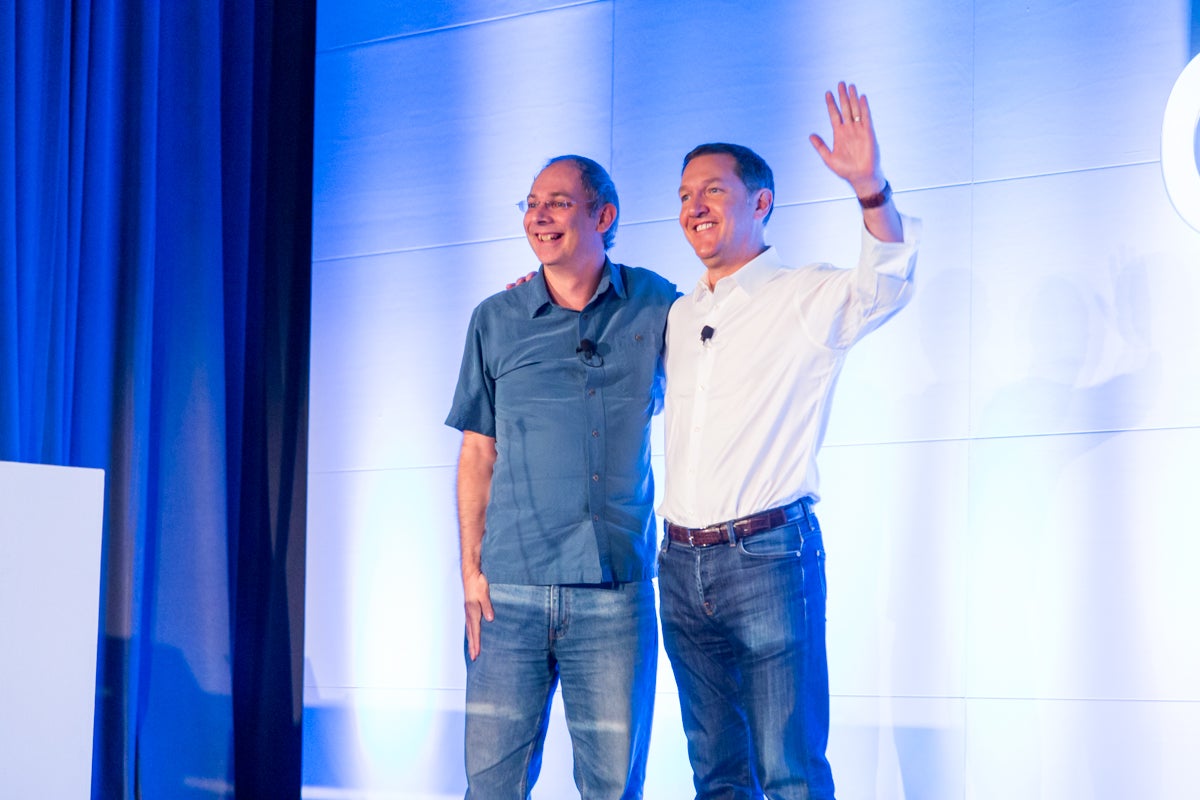One can almost feel it in the bones: the excitement to come in the world of payments in 2020, as innovation sparks new business models and disruption. Part of that future seems likely to involve open-source software, and that’s why PYMNTS recently caught up with Arvind Swami, director of FSI for Asia-Pacific at Red Hat.
As Swami told PYMNTS, open source could spark more payments innovation in the coming decade, as more players involved in payments look to affordable, interoperable and collaborative solutions that are relatively easy to scale — in this case, helped along by cloud computing technology and the work of developers to improve payments technology.
[Source: PYMNTS]

